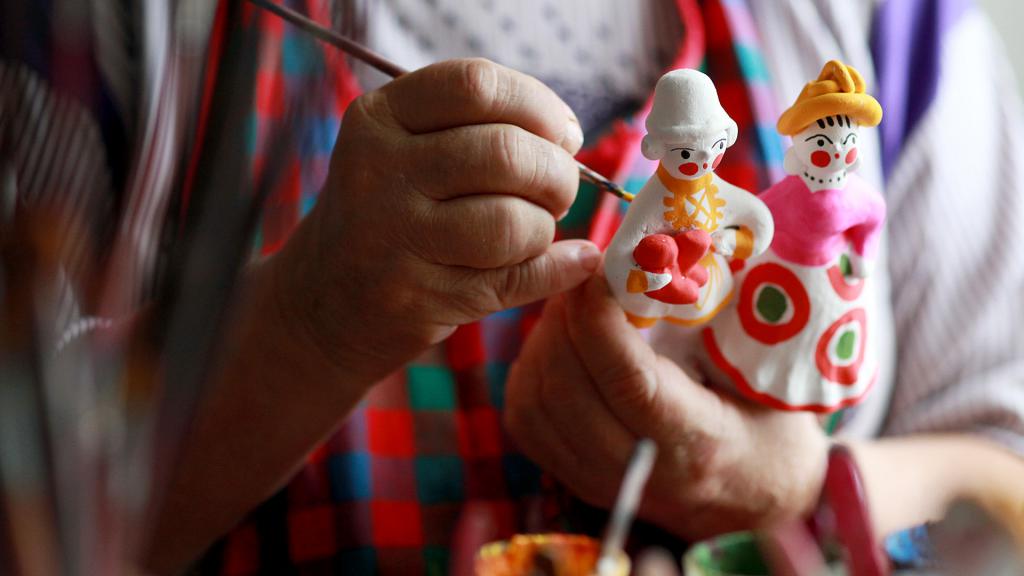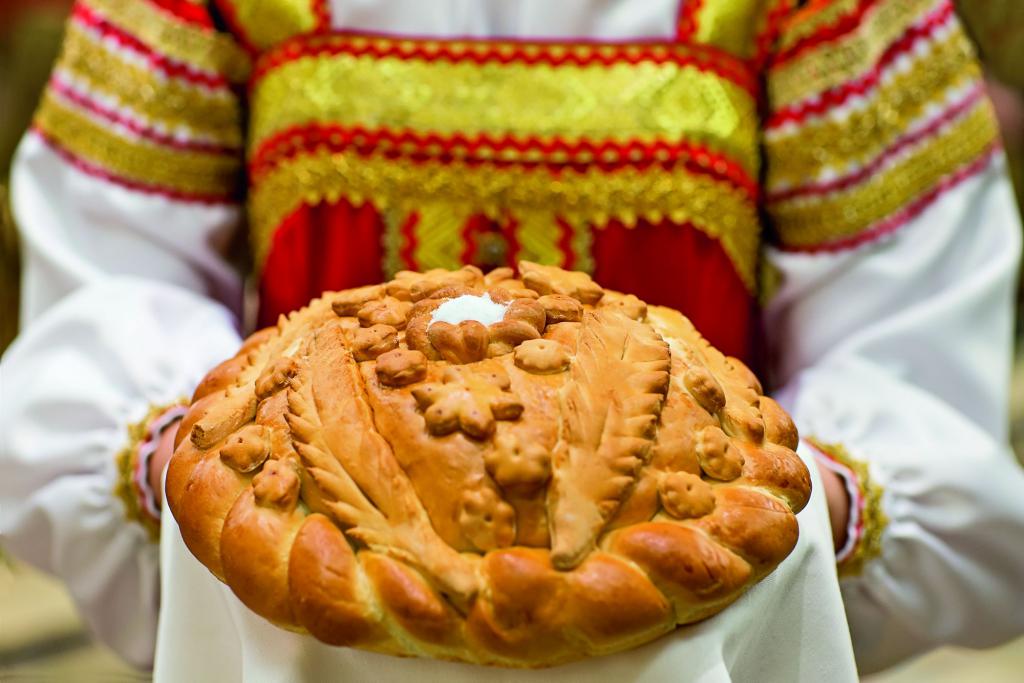In the life of every person there are established types of behavior that are applicable to a particular situation - habits. If habits become the property of a social group, they are called customs. Customs, entrenched in history, transmitted from one generation to another, are transformed into traditions. Traditions, filled with sacred meaning, become rituals, and the actions by which they are performed are rituals. There are a lot of similarities between such familiar concepts that are familiar to everyone, but upon closer examination, you can see that the difference between tradition and custom is not only in the duration of existence.
What is tradition

Initially, the word "tradition" meant "tradition." Nowadays, tradition is called a social phenomenon that reflects public experience, a system of standard actions and behavioral stereotypes that have been transmitted from generation to generation for a long time.
Traditions are based on the needs of life in specific historical conditions and are maintained until they meet the needs of a certain group of people. An important feature of this phenomenon is universality. Traditions belong to everyone at once and to nobody at the same time. They can be respected or not attached to any value. However, they are a powerful means of influencing people - to shape their thoughts, such as behavior. Preservation of traditions is ensured by the power of public opinion.
Three types of traditions are distinguished depending on the approach to their study - ethnic (folklore), social and national. The first group is associated with folk art, primarily with crafts. National traditions are aimed at the formation and rooting in the minds of people of confidence in the greatness of their people, their world significance and glorious history. Social is not tied to a specific nationality - they can be the result of a mixture of different world cultures.
Custom as a social phenomenon

Custom is a practical concept. This is a repeating action, characteristic of a certain society, social group. Its implementation is an unwritten rule that corrects human manifestations in public life, which is recommended to be followed.
Customs have formed in almost every area of human life. They can be cultural and religious, family or professional. In some cases, compliance is considered mandatory. Otherwise, it is assumed the use of unofficial sanctions - disapproval, censure, sometimes coercion.
Common features of folk habits
Traditions and customs are largely similar. All of them are ways of transmitting the public experience accumulated by previous generations, which occurs with the help of vivid, memorable and understandable images, through the execution of conditionally symbolic actions.
Both traditions and customs are not personal phenomena. They do not exist without the support and approval of a group of people.
Both phenomena express a connection with ancestors, respect for heritage, unity with neighbors.
Despite the fact that the strength and depth of collective habits testifies to the culture of the people, sometimes their existence becomes not only useless, but also hinders the development of the community.
The difference between traditions and customs

Mutual substitution of concepts in everyday life, research by culturologists, historians and folklorists - all speak of the adjacency of phenomena. In order to distinguish between them, you need to know the criteria by which it is easiest to do:
- Practical use. Custom is, first of all, purposeful action.It has a specific meaning in a real life situation. Unlike custom, tradition is predominantly informative.
- Sphere of penetration. Due to its practical significance, custom has a wider and more frequent application than tradition.
- The complexity of the phenomenon. Custom, unlike tradition, is a simple mass habit, not a complex activity.
- Duration of existence. Perhaps one of the most obvious differences between tradition and custom, directly related to the depth of assimilation of a habit by society. The custom passed from generation to generation is becoming a tradition.
Trying to give concrete life examples of the difference between traditions and customs, some confusion can be introduced - because the custom of one social group may already belong to the traditions of another. A clear illustration is the following abstract situation.
Ivan is the head of the family and the leader in the group of his friends. He has a habit of often scratching the back of his head behind his right ear. All relatives and friends of Ivan begin to do as well - this becomes the custom of this social group. Sons and daughters, nephews of Ivan, the children of his friends, too, scratch their right side of the head. Custom is becoming a tradition in their circle. Ivan’s grandson, Yegor, says scratching the back of his head behind his right ear is necessary to protect himself from the evil eye of ill-wishers. Now this is a rite. Yegor’s grandson, Vasily, claims that only by scratching the right part of the back of the head with your left hand you can protect yourself from damage - now this is a ritual.
